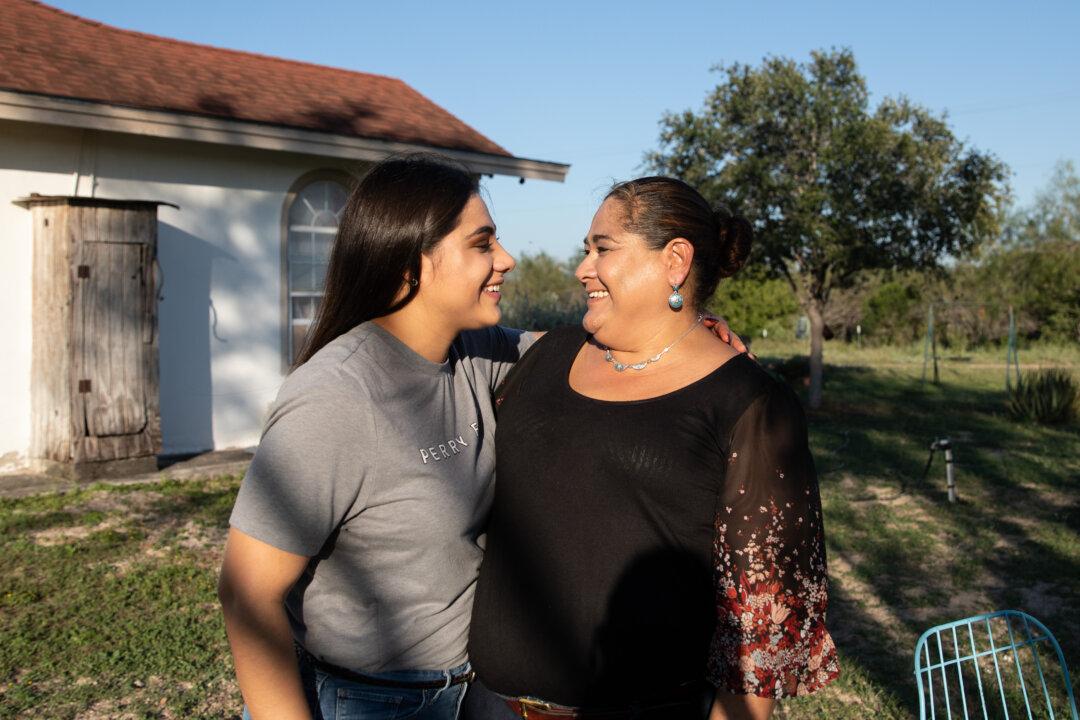RIO GRANDE CITY, Texas—Martina Arredondo sleeps with a gun. So far, she has killed a few rattlesnakes with it. And, once, she fired a warning shot into the air when she spotted intruders on her property in the middle of the night—which, in a twist, turned out to be Border Patrol agents looking for illegal aliens.
“Am I going to be capable of killing somebody? I hope not. Because really and truly I wouldn’t like that,” Arredondo said at her home on Nov. 6, 2018. “But if I have to defend my kids, my life, my kids’ lives, my granddaughter’s life, I won’t hesitate.”





